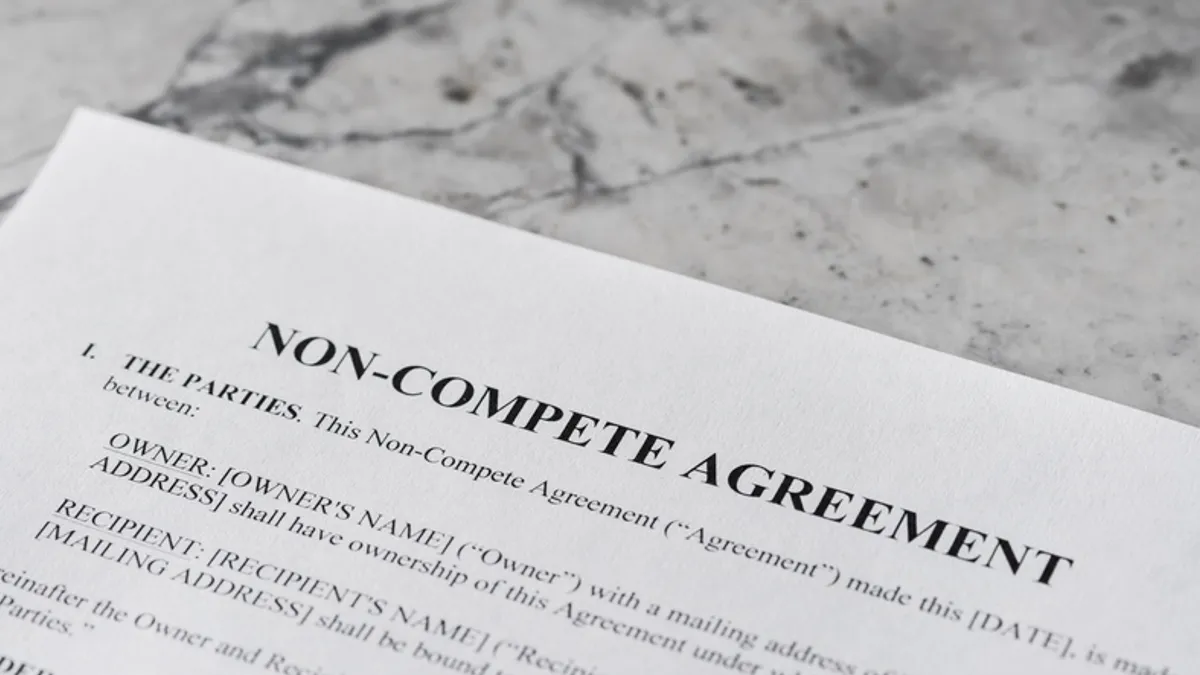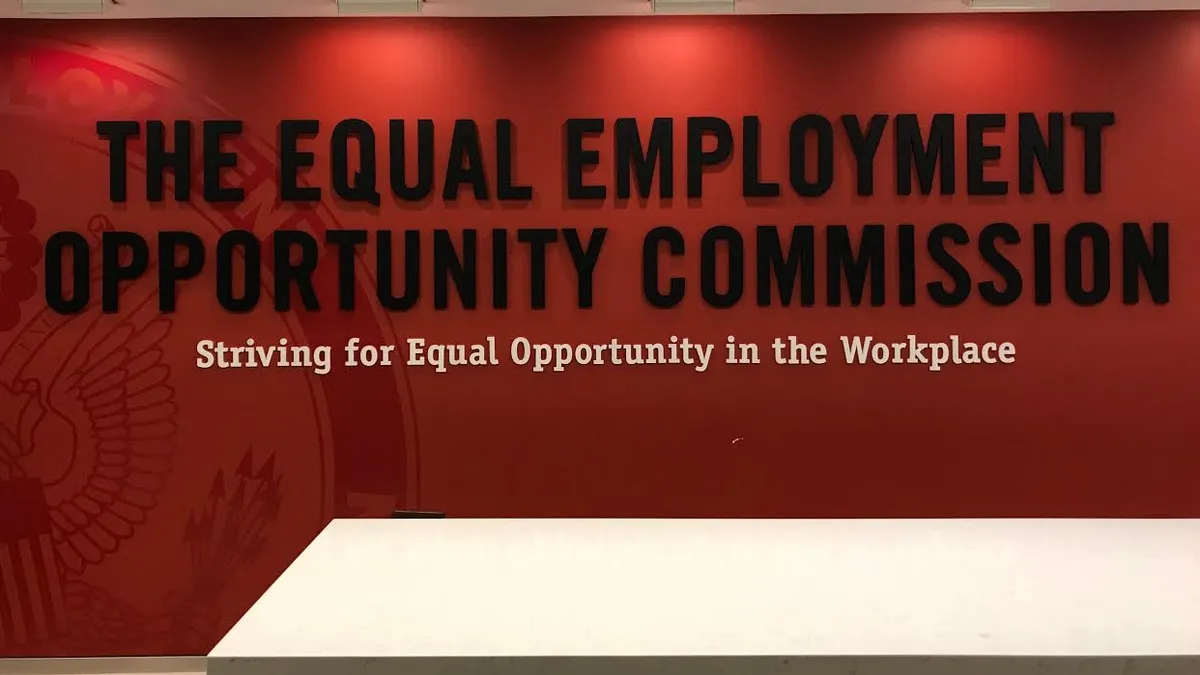Craig Hendley is managing director at FTI Consulting. Views are the author’s own.
The issue of whether hyperlinked content and dynamic documents should be treated the same as static attachments in discovery continues to spark debate in courtrooms and among regulators.
As case law develops on this issue, there are strong arguments on both sides, with some industry experts saying documents linked in communications are akin to attachments and should be handled using the workflows and technology used for other electronically stored information. Others maintain that because hyperlinked content is fluid, dynamic and often proliferates into numerous versions, collecting and reviewing it introduces proportionality and data continuity issues that justify treatment as a wholly unique category of electronically stored information.
At the root of this issue is the absence of a standardized definition for hyperlinked content or “cloud attachments,” which has left the legal field without a framework by which to standardize workflows and case law.

Linked content is multifaceted and can connect to fixed documents (in the sense of a traditional attachment), but more often it links to editable documents, or entire folders of documents, websites, shared drives or other online destinations that are not document driven.
Employees have been linking to files and folders on corporate networks for many years. But today’s collaboration platforms are ushering in an era of easy to apply, dynamic, granular permissions, creating porous and fluid information borders in traditionally siloed group and personal resources. When coupled with today’s increases in data volumes, there is pressure for e-discovery and investigations practices to evolve, adapt workflows and incorporate new definitions and case law to handle this category of electronically stored information.
In the debate surrounding the treatment of linked content in discovery, proportionality is a central theme. The rules surrounding proportionality vary widely between jurisdictions and forums. Guidelines in the U.S. courts are different from those in other countries, and expectations are different in the regulatory agencies of the U.S., European Union and UK, among others. In the UK courts, for example, parties must collaborate to ensure proportionality, and balance costs against the complexity and value of the case, which necessitates upfront agreement of what will be in and out of scope. Thus, a strong understanding of the proportionality implications of how linked content will be handled is critical.
Overall, the preservation of linked content is less burdensome than it once was, but the skills required and costs associated with preserving and collecting linked content, and mapping it (and addressing relevant versions) to “parent” messages, is still significant.
Proportionality will remain an important and relevant point, particularly as data volumes increase. However, there’s arguably a more pressing set of challenges surrounding document versioning in cloud platforms, which tend to be discussed less frequently than proportionality. In part, the downplaying of proportionality is due to a misconception that hyperlinked documents do not usually change substantively after they are shared in an email or other message. In reality, though, such changes are common, according to digital forensics and emerging data sources experts. And these changes can create real problems. When linked content has been meaningfully altered after key events, the contemporaneous association implied by cloud “attachment” does not hold and significant discovery and defensibility impacts can arise, even with automated extraction of linked content.
In a sampling of recent matters where hyperlinked files were included in the relevant document population, digital forensics specialists at FTI Technology found that a significant percentage of those linked documents were modified after they were originally sent and/or preserved for discovery. For roughly half of the matters sampled, the percent of linked files that were altered from the preserved version ranged between 42% and 69%. Numerous cases have illustrated that these changes can be pertinent to a case, forcing legal teams to conduct complex version tracing exercises and extract new versions of linked files later on in a matter, which can exacerbate e-discovery costs and create delays.
A U.S. court ruling in April 2024 involving Uber became a highly discussed milestone in case law for linked content. Despite the attention, the position the court took left room for continued ambiguity in setting parameters for the treatment of hyperlinked documents and files. The judge stated that hyperlinked items are not the same as traditional static attachments and should be considered attachments in the context of e-discovery production requirements. At the same time, the opinion acknowledged the technical limitations of recombining all hyperlinked files and echoed the concerns of many industry experts who believe that the fluid nature of linked content makes it technically, practically and proportionally impractical to collect, process and review in the same way this is done for static attachments.
Ultimately, the court declined to require the defendant to produce contemporaneous versions of every hyperlinked document, instead directing the party to use reasonably available technology to provide the closest version possible that was “likely present” at the time the email was sent and provide two additional metadata fields to provide additional context for the file.
Among regulatory agencies, which are not obligated to negotiate the scope of discovery with parties when issuing information requests, the same allowances for technical nuance have not been granted. For example, the UK Competition and Markets Authority considers that documents shared via links attached to emails or instant messages are in scope for s109 merger information requests and should thus be provided when relevant to an inquiry. Similarly, a recent directive from the Irish Commission relating to an investigation of a social media company has incited debate as to the relevance of posted hyperlinks and embedded links. The Commission asserted that such links are subject to the investigation, while the social media company disagreed, arguing that embedded links could not be defined as content “native” to the platform.
Ultimately, a great deal of uncertainty and complexity surrounding the issue of linked content remains. Industry experts, courts, regulators and standards bodies will need to collaborate on setting definitions for linked content and outlining corresponding best practices for how to handle them in the context of proportionality, reasonableness and data continuity. Until those standards are set, legal teams will need to develop reasonable and practical workflows for preserving linked content and managing versions, as well as collecting and matching them to the corresponding parent communications.


















